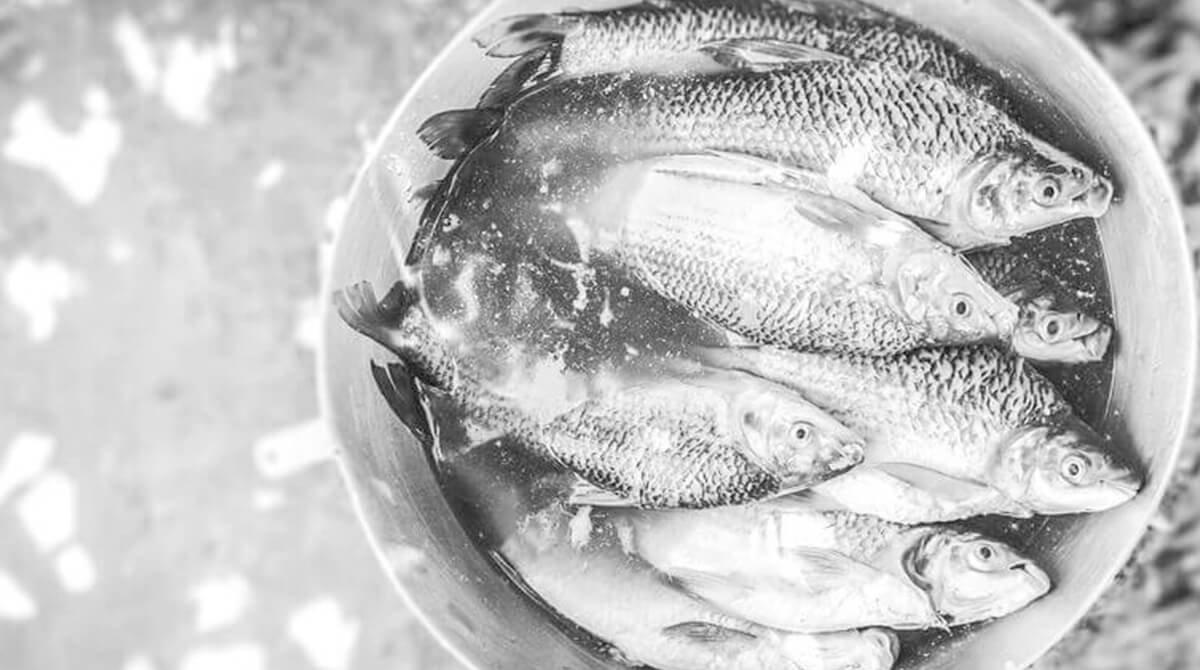The great resources of our rivers, oceans and lakes not only provide recreational activities to rejuvenate the soul, they have also been providing important sustenance in the form of fish for thousands of years. However, today there is a growing concern that our seemingly never-ending supply of fish is dwindling; this could be due to pollution and to the use of modern technology in fishing methods. Fishermen now seem to be catching fish faster than they can reproduce!
In an attempt to address this problem, aquaculture, or the science of breeding fishes in ‘fish farms’ is becoming quite popular and making a substantial contribution to the supermarket freezers for both fresh and saltwater fishes. In 2010, the annual capture of fish, both wild as well as farmed, accounted for up to a whopping 149 million tonnes. Over 90% of the world’s freshwater fish are caught in the Developing Countries and provide a major protein source as well as a form of livelihood to millions of poor people. Freshwater fishes and their habitats contribute to the economy through export commodity trade, tourism and recreational activities.
Eating at least two servings of fish per week, especially fatty fish, has been recommended as a powerful preventive measure against cardiovascular diseases. Though ocean fishes are now known to contain mercury, it is still felt that fish consumption is beneficial. Fish oil is also known to relieve inflammatory symptoms of autoimmune diseases such as rheumatoid arthritis or psoriasis. Most importantly, their fat content is not artery clogging as that from high-protein sources such as pork, beef or lamb. Along with heart-healthy fat, fishes also are a great source of high quality protein. Fishes contain ‘heme’ iron, which is a readily absorbable by our bodies. They also contain thiamin, niacin, vitamin B6, vitamin B12 and vitamin D along with calcium.
However according to a recent research, it seems that the advice to eat two portions of fish per week needs to be revised to eating two portions of saltwater fish per week. No matter how much freshwater fish we consume, it appears that the serum levels of the important EPA and DHA fatty acids are not affected.
Even though freshwater fish are not as high in the healthy omega-3 fatty acids, they still make a nutritious choice for your lunch or dinner as most are low in fat and high in protein. A portion of freshwater fish provides 30% of an adult’s reference dietary intake.Even though freshwater fish are not as high in the healthy omega-3 fatty acids, they still make a nutritious choice for your lunch or dinner as most are low in fat and high in protein. A portion of freshwater fish provides 30% of an adult’s reference dietary intake.
Freshwater fishes are harvested from lakes, rivers and streams, which Kerala, a state in the south-western India, is abundantly blessed with. A very popular freshwater fish in Kerala is the delicate flavored pearl spot fish which is common to the lakes and backwaters. The Ashtamudi Lake comes to mind with its mesmerizing backwater cruises where your dinner of freshwater fish is caught right in front of you and served in the traditional way. However, you have to take more care when eating freshwater fish as they have smaller bones.
Saltwater fishes on the other hand have larger bones and are found in the open oceans and seas. Contrary to popular belief, saltwater fish aren’t higher in their salt content at all! This is because fishes have a regulatory system that prevents sodium from being deposited in their body. Interestingly enough there are some fishes that can fit into both categories of fish and are known as euryhaline fish and their survival depends on how much salinity they can tolerate.
The saltwater fishes have a unique method of survival in the high sodium environment. The salty water of the ocean draws water out from the body of the fish and the fish constantly looses water through its skin and gills. To compensate, it drinks copious amounts of salty water and secretes the excess salt through its gills.
The freshwater fishes in contrast, retain more salt in their bodies than what’s present in their watery habitat. Consequently, their body is always absorbing water through the skin and gills and the freshwater fish has little reason to gulp water. The trick to avoiding an excess of water in their skin, these fishes urinate in large quantities! Another distinction among fishes is dependent on their fat content, with fishes being either considered fatty or lean.
Lean fishes typically have a very mild flavor, little or no ‘fishy’ smell and are adaptable to every sort of cuisine. Many freshwater fishes fall into this category. Most of these lean fish are similar enough in taste that they can be interchanges in the recipes. Fatty fish on the other hand tend to have a wider distribution of fat and their flesh is darker, firmer, with a distinctive flavor, and mostly residents of salty waters.
Whatever the fish, it’s a great way of taking in tasty and healthy protein, so go ahead and enjoy it!












